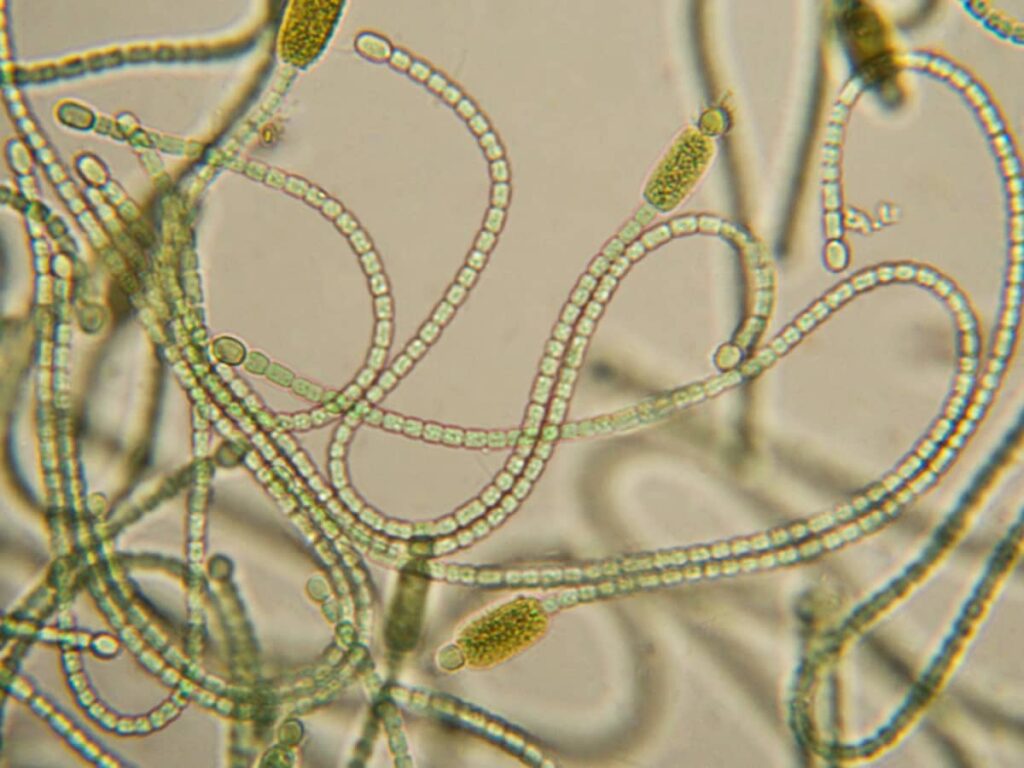Cyanobacteria: The unsung hero's of desert soils
Recent news articles about blue green algae (Cyanobacteria) give them a bad rap. They are frequently in news reports because they can form toxic algae blooms. While there are a few species that contribute to these blooms, most blue green algae are an important part to healthy ecosystems. Some cyanobacteria are even thought to be healthy as a food source, such a Spirulina. However, did you know that blue green algae can literally hold the earth together?
In many places on the earth, the roots of plants reach into the soil, seeking nutrients and water and as a result protect that soil from wind and water erosion. In deserts, where plants are scarce, the soil is often left bare, where heavy seasonal rains and winds can easily erode soils. Without any protection soils would be washed or blown away, leaving nothing for plants to become established in. This is where cyanobacteria really shine.

We can think of cyanobacteria as very primitive plants. They need light, water and nutrients to grow. But one of the magical things about cyanobacteria that live in desert soils is their ability to survive very long periods without water. They can survive harsh conditions that would kill most other organisms. Therefore cyanobacteria are able to colonize and grow in places that look like they could be the surface of the moon.
Once cyanobacteria have grown on a soil and formed what is called a cryptobiotic crust, they also change the character of that soil by helping to hold water and nutrients that help other organisms to grow. Spores from mosses and seeds from plants can better survive the harsh conditions of the desert with the help of the cyanobacterial soil crusts.
Unfortunately, this soil crust is very delicate. And since it is dried out most of the time, even a foot print can crush it to dust making it again susceptible to erosion. In some areas soil crusts have been greatly impacted by farming and human development, which has resulted in the loss of delicate ecosystems of plants and animals.





